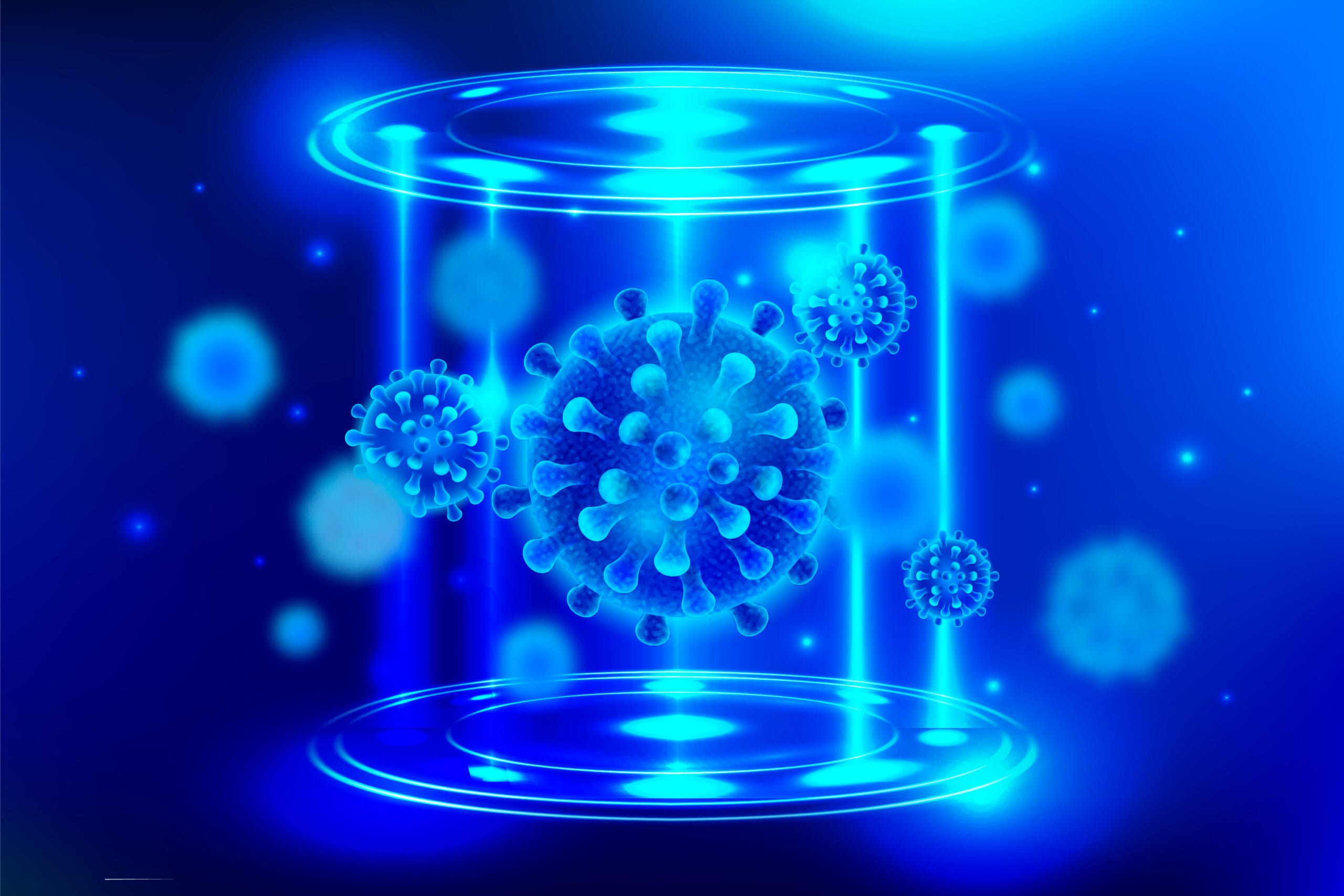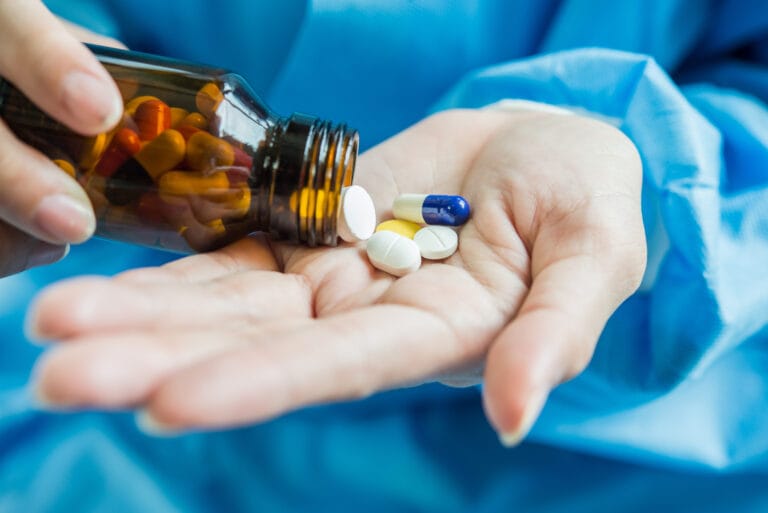
Maximum Drug Effectiveness with Nanoparticles

Nanoparticles represent an innovative advancement in drug delivery technology, enabling the targeted delivery of drugs to specific cells. This technology enhances therapeutic efficacy while minimizing side effects on normal cells. With a size of less than 100 nm, nanoparticles serve as an extremely efficient drug transport system.
Their small molecular size allows for more optimal cellular absorption. Drug delivery using nanoparticles can be achieved through several methods, such as evenly mixing the drug into the nanoparticles, embedding the drug into nanoparticle pores, encapsulating the drug entirely within the nanoparticle layer, or attaching the drug to the nanoparticle surface.
Advantages of Nanoparticles in Drug Delivery

source photo: JESHOOTS.com on pexel
Nanoparticles offer several key advantages as a drug delivery system. First, their size and surface characteristics can be modified to support passive or active drug delivery.
Second, nanoparticles can be designed to control the timing and location of drug release, significantly enhancing therapeutic efficacy and reducing side effects. Third, nanoparticles can be equipped with targeting ligands on their surface, which bind specifically to receptors on certain cells or tissues, enabling highly precise drug delivery.
Nanoparticles can be made from various materials, including proteins, polysaccharides, and synthetic polymers. The selection of these materials depends on several factors, such as the desired nanoparticle size, the drug profile, surface characteristics, drug release pattern, antigenicity, as well as the levels of biodegradability, biocompatibility, and toxicity.
These factors must be carefully considered to ensure effective drug delivery and optimal interaction with the body.
Impact of Particle Size on Nanoparticle Efficiency
Particle size is a critical parameter that influences the distribution, biological fate, toxicity, targeting capability, drug loading capacity, release profile, and stability of nanoparticles. In general, nanoparticles exhibit higher cellular uptake compared to microparticles and can access more biological targets due to their smaller size and greater mobility.
Smaller particles have a larger surface area, causing most of the drug to be located near the particle surface, which facilitates faster drug release. Conversely, larger particles have larger cores that can encapsulate more drugs, resulting in slower drug release through diffusion from the particle core.
However, smaller particle sizes also pose challenges, such as a higher tendency to aggregate during storage or transportation, which can reduce product stability and effectiveness. Therefore, critical aspects of nanoparticle formulation must be addressed to produce optimal products for enhancing therapeutic outcomes.
Applications of Nanoparticles in Medicine
Currently, several nanoparticle-based drugs have been clinically utilized. For instance, paclitaxel nanoparticles are used for treating breast, lung, and pancreatic cancers.
Additionally, doxorubicin has been formulated as liposomes for ovarian cancer treatment, and cisplatin is also available in liposomal form for the therapy of lung, breast, and other types of cancers. These innovations highlight the significant potential of nanoparticle technology in advancing the treatment of various diseases, particularly cancer.
Read more:
New nanoparticle platform delivers drug pairs to specific cancer types
Proper laboratory testing plays a critical role in ensuring the effectiveness and safety of nanoparticle-based drug formulations. With accurate analysis, formulations can be optimized to improve stability, control drug release, and maximize therapeutic efficacy.
Author: Devira, Editor: Sabilla
References:
Aravinth Rajkumar, G., Gayathri, R., & Vishnu Priya, V. (2017). Targeting the target using nanoparticles – A review. In Asian Journal of Pharmaceutical and Clinical Research (Vol. 10, Issue 12). https://doi.org/10.22159/ajpcr.2017.v10i12.19734.
Mohanraj, V. J., & Chen, Y. (2007). Nanoparticles – A review. Tropical Journal of Pharmaceutical Research, 5(1). https://doi.org/10.4314/tjpr.v5i1.14634.



